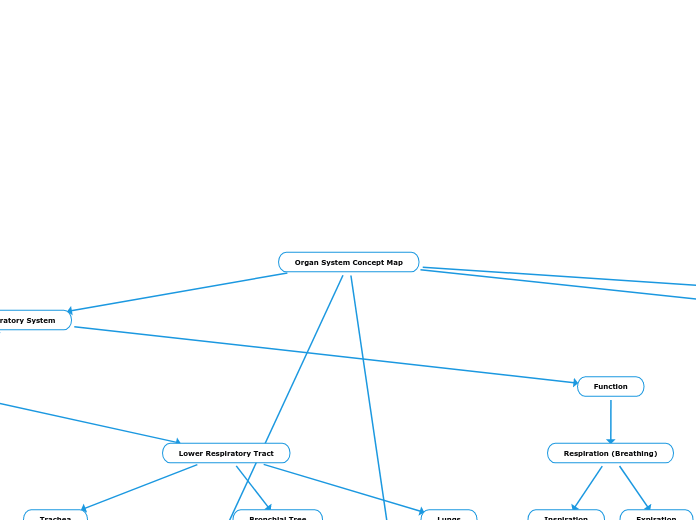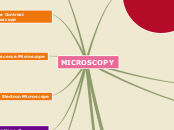av Kristen Caro 6 år siden
118
Types of microscopes
Different types of microscopes offer unique methods for examining specimens. Electron microscopes, including transmission and scanning types, use electron beams to achieve high-resolution imaging, suitable for studying viruses and cell structures.









